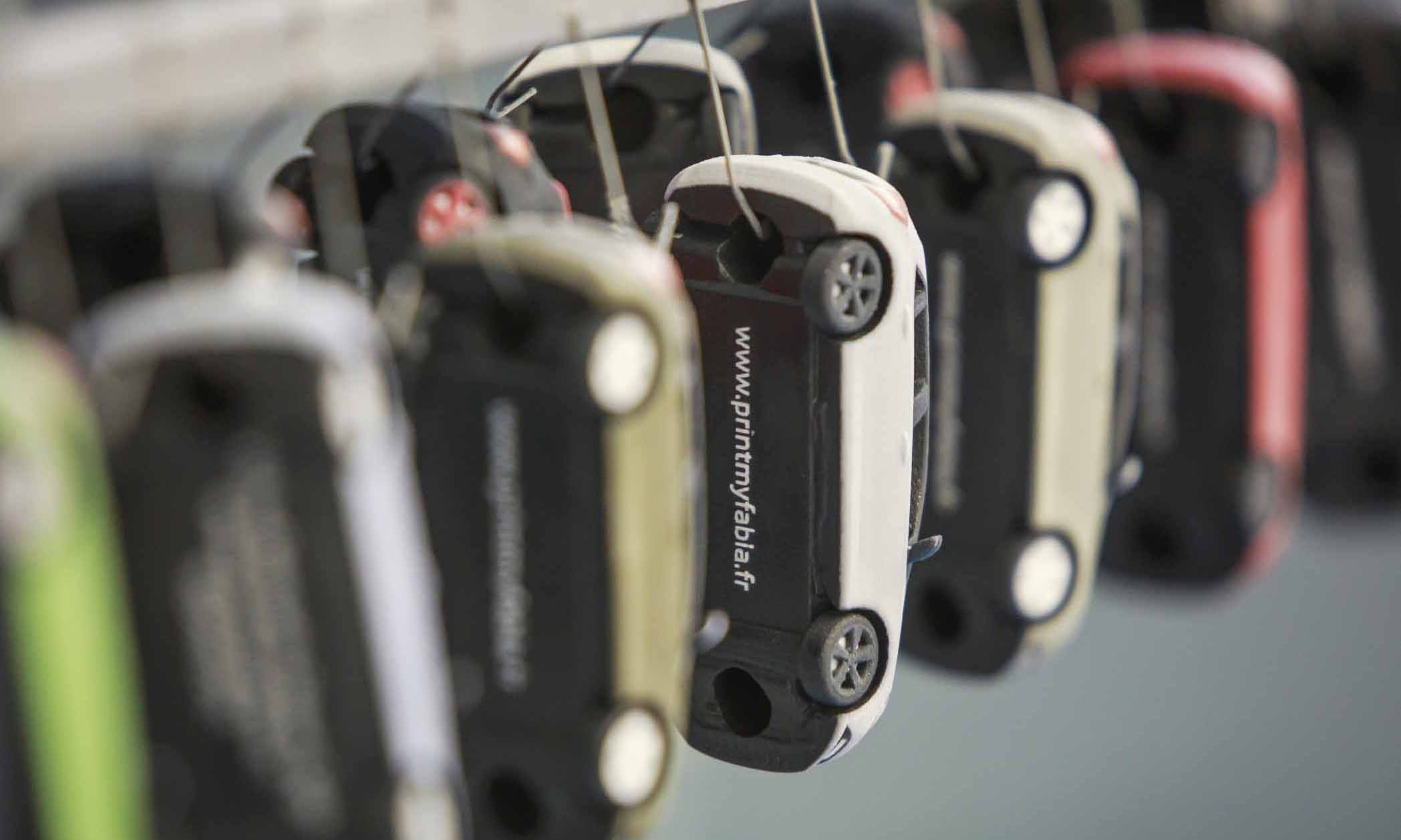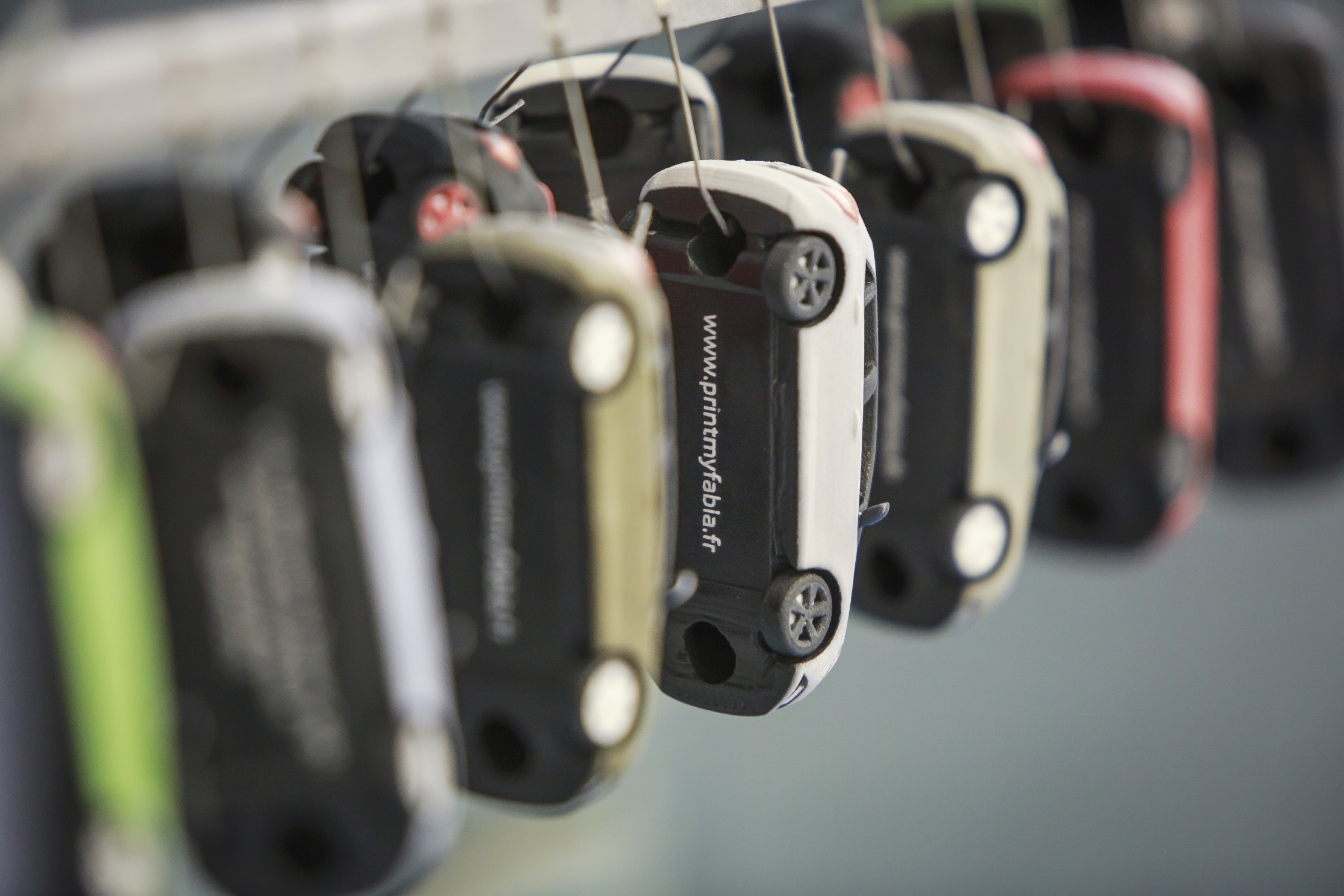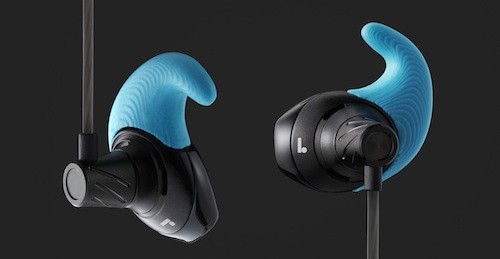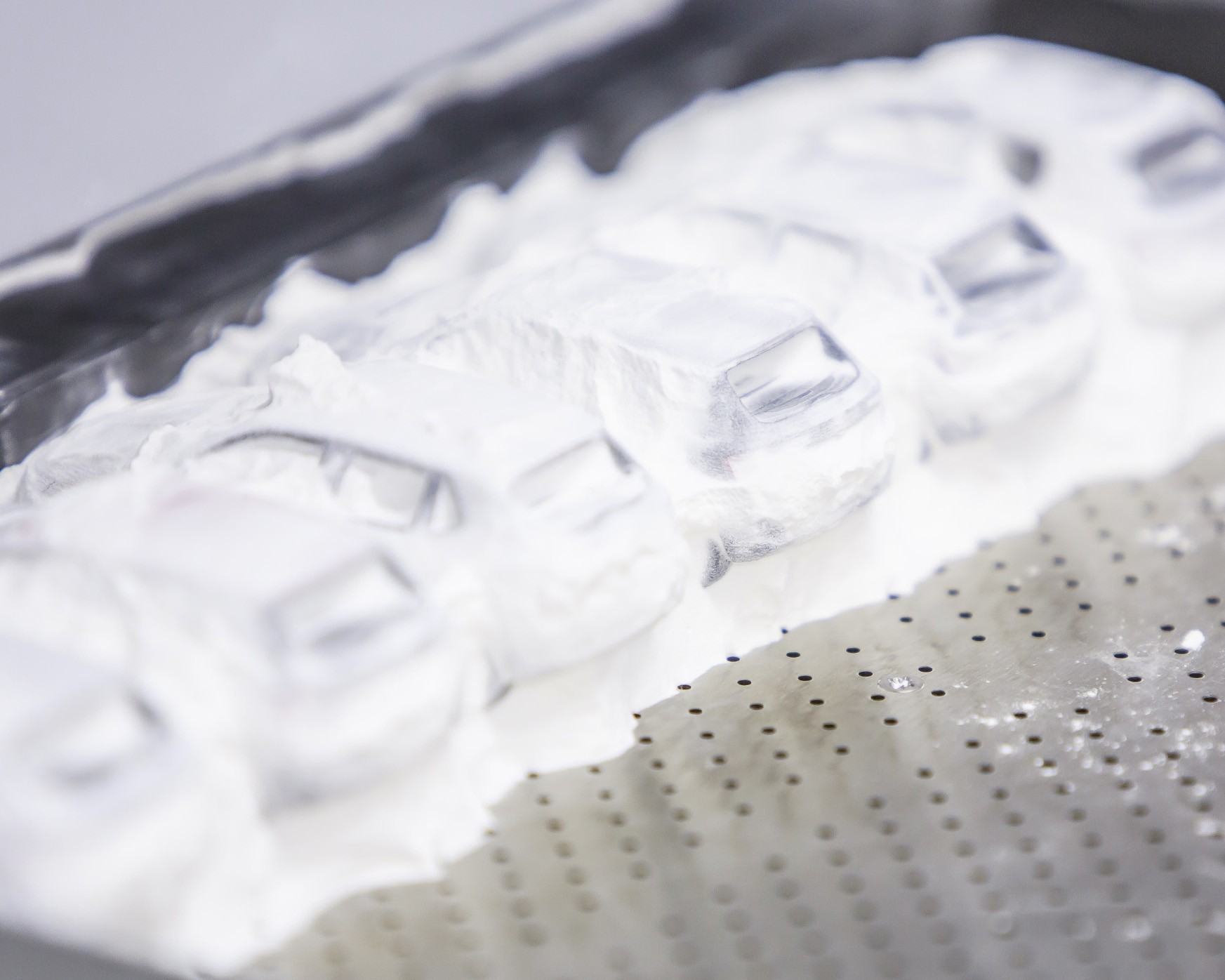Benefits of 3D Printing: Mass Customization
Posted By Eole Recrosio on Jan 11, 2017 | 0 comments
3D Printing has a great potential in helping entrepreneurs disrupt their field. One of the ways to do so, that is greatly enabled by 3D printing, is mass customization. What is mass customization? What are its advantages? And how can your business benefit from it?
In a previous series, we explained the principal uses that can be made of 3D printing (prototyping, production, etc.). In the continuity of this series, we are starting a series about the great Benefits of 3D Printing. Mass customization is the first of these benefits.
This blog post is part of ‘Benefits of 3D Printing’ Series, to elucidate with you all the different ways in which producing with 3D printing has many advantages and can change the industrial landscape.
Find the other episodes here!
Benefits of 3D Printing: Impossible Designs and Internal Channels
Benefits of 3D Printing: Integrated Assembly
What is Mass Customization
Definition of Mass Customization
Mass customization is the production, in series, of personalized goods or services that meet the customers’ needs. It aims at offering customized products, while maintaining the low price allowed by mass production. It is achieved thanks to computer aided manufacturing and the configuration of product directly online. The objects produced with mass customization are often called “made to order” or “built to order.”
How does Mass Customization work?
Mass customization requires 3 essential elements:
- Capturing your consumer’s data efficiently (for this, you need to build the right interface)
- Transforming this data to use it for your design
- Producing the right cost for your market
Even though mass customization, creating products that fit perfectly with the desires of one customer, is a very hot topic and trend, all of these elements represent a cost and quite an effort. This means you need to make sure it is right for your application and industry, and that the added value for your customer matches your effort.
Once you’ve made sure customization will be an added value, determine which information you need to collect (specific dimensions, added text, color, features…). Then, create your collection platform: it can be online, or require hardware, or even sales points where customers go and enter their information. Then, establish how you’ll transform the data: it can be automatic or done manually by designers and engineers.
Finally, establish the right cost for your object, depending on the rest of your industry, and of how much one is ready to pay for the extra advantage of having the product fit them. This is often the toughest part of the process.
Read more about these three elements in our previous article about Mass Customization and 3D Printing.
Successful Examples of Mass Customization
Traditional customization, which happens at the end of the manufacturing process is very common: choosing options, colors, accessories, ect. To give just a few examples, it in now common to choose the amount of RAM and hard-drive space on a computer, or the color and features of a car.
The mass customization we’re talking about here is one that goes a step further, by using more specific data from the consumer, at the very beginning of the manufacturing process. As you can imagine, this mass customization is more useful in some areas than other: the medical field benefits from it most of all, as well as various accessories (from clothes and jewellery to headphones).
To give a few examples of mass customization campaigns:
- Our partner Skoda offered customized 3D Printed cars, with the aspect of their Skoda Fabia on which people could add their name, as a marketing campaign for the launch of their new car
- The company Normal used 3D printing to customize ear-phones, with the moto “one size fits none”
- And in the medical field, Sols recorded measurements of patients thanks to a device of their design, dispatched to a network of professional providers; and used these data to create personalized orthopedics, 3D printed in less than a week.
Once again, you can read more about these examples in this article.
Mass Customization and 3D Printing
3D printing is one of the technologies that can and already allow this type of mass customization without added costs.
3D printing doesn’t require the initial cost of a mold, and specific tooling, that are needed for traditional manufacturing techniques. To create a different product, one simply has to update their 3D file. And this can be done directly from a client’s information. Because the price of production is the same for 1 or 1 000 3D printed parts, it becomes as efficient to produce 1000 identical parts or 1000 slightly personalised parts. This is where mass customization can really take off.
At Sculpteo, we are offering the opportunity for entrepreneurs to use our online services in their production process to create personalized products for their clients.
To learn more about the cost reduction allowed by 3D printing for small series and customized products compared to traditional manufacturing methods, read this free ebook.
To learn more about the tools and applications of 3D printing for your business, you can check our application pages and start uploading a file now.
How your business can benefit from Mass Customization
Mass customization gives businesses a valuable advantage and offers a unique experience for customers.
Create a unique user experience
The first aspect of a unique, customized product is the feeling that customers gets when they receive an object they chose and edited themselves according to their preferences, needs and budget. It is also the opportunity to follow today’s consumption trend: we’re moving more and more towards a personalised economy, and further away from the one “fit for all” solutions.
Collect data about your clients’ preferences
For your business, creating a customized product is also the opportunity to collect data about your customers’ tastes, and to meet them even more closely.
Add value to your goods
Overall, adding mass customization to the process is an excellent way to add value to your business and your goods.
The adaptive customization—that consists in offering limited options of personalization to the customers on aesthetic aspects or additional features—is the most commonly used because it is rather simple to implement, and offers few risks, as the products are made after the order is placed: on demand production reduces the cost of large stocks.
Another way to gain value thanks to mass customization is to include it into the design process. Offering the opportunity for customers to be part of the conception of a product offers an additional value for the customer, who feels involved and for whom the creation activity can become part of the product.
Mass customization challenges
Of course, challenges remain for mass customization. The price, even though it is reduced by 3D Printing, is one of them: the cost of collecting data and including this data into your design, isn’t reduced by 3D printed. The other important challenge is to know when and how to integrate it, and to not simply go with the trend for the sake of it.
Mass customization can disrupt a field, and we hope this article inspired you to do so with your next entrepreneurship project!
To discover more about our 3D printing services and the online digital manufacturing options, you can check this page and try it now by uploading a file.
If you liked this article, please feel free to share it on Facebook, Twitter and Linkedin


 Connect with Google
Connect with Google Connect with Facebook
Connect with Facebook



